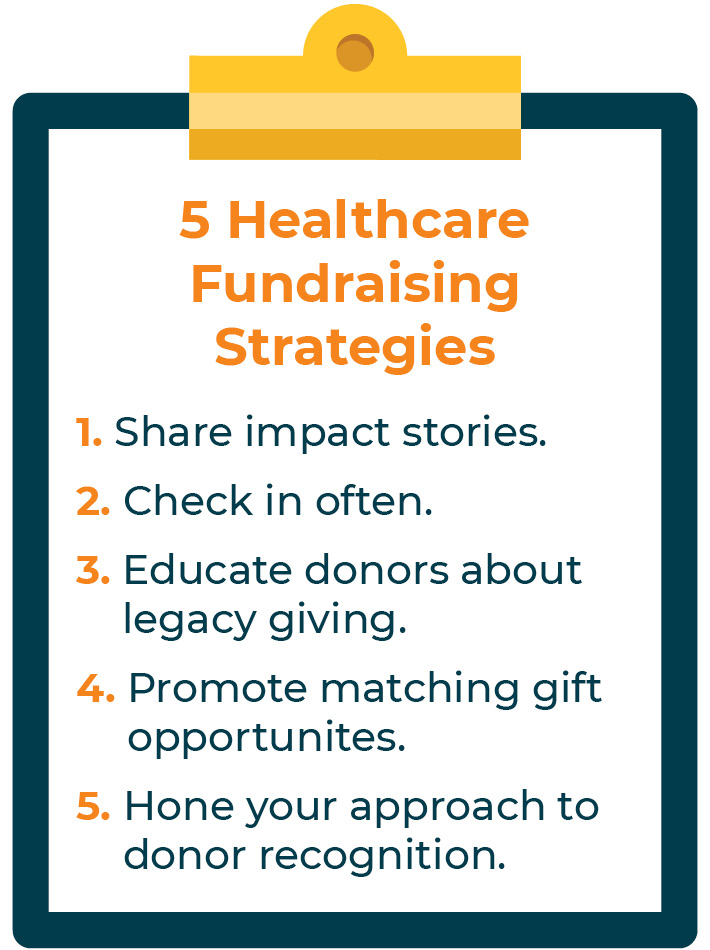Innovative Nonprofit Fundraising Ideas: Increase Donations and Interaction
Wiki Article
The Role of Neighborhood Engagement in Nonprofit Fundraising: Building Lasting Relationships for Lasting Support
Community engagement is progressively identified as an important component of successful nonprofit fundraising. The approaches and strategies employed to involve communities vary commonly, elevating important questions concerning efficiency and influence.Understanding Community Interaction
Area engagement is a vital element of effective nonprofit fundraising efforts. It describes the methods and activities that organizations utilize to get in touch with their neighborhood areas, cultivating relationships that are mutually beneficial. Understanding area involvement entails acknowledging its complex nature, that includes outreach, engagement, and collaboration. Nonprofits must identify vital stakeholders-- such as community participants, regional businesses, and various other companies-- to produce efficient engagement strategies.Efficient area involvement is predicated on energetic listening and responsiveness to the demands and rate of interests of the community. This process includes soliciting feedback, comprehending neighborhood dynamics, and making certain that the company's objective lines up with neighborhood top priorities. Involving the area can take various forms, including public conferences, volunteer possibilities, and partnership campaigns, each created to urge involvement and investment in the company's objectives.
Moreover, community engagement should be approached as a recurring dialogue rather than an one-time effort. By fostering a comprehensive setting where community voices are listened to and valued, nonprofits can build a solid structure for future fundraising undertakings. Eventually, a deep understanding of area interaction empowers organizations to create authentic connections that improve their overall effectiveness and sustainability.
Benefits of Strong Relationships
Solid partnerships formed via area interaction return various advantages for nonprofit fundraising initiatives. Primarily, these partnerships foster trust fund and reputation, crucial parts in motivating benefactors to add. When potential supporters see a not-for-profit proactively associated with their area, they are more probable to count on its mission and influence.
In addition, these relationships assist in efficient communication. Nonprofits can utilize their links to share stories of impact, updates, and requires, guaranteeing that supporters continue to be informed and involved. This open line of communication not just enhances bonds however also urges word-of-mouth promotion, broadening the nonprofit's reach.
Lastly, solid neighborhood ties can draw in new partners and sponsors. Businesses and people are a lot more inclined to straighten with companies that demonstrate purposeful neighborhood participation, offering extra sources and support that can dramatically enhance fundraising abilities. Hence, cultivating durable relationships via area engagement is indispensable to a nonprofit's lasting fundraising success.
Methods for Efficient Interaction
Just how can nonprofits effectively involve their neighborhoods to boost fundraising efforts? Establishing targeted methods is vital for cultivating meaningful connections. Initially, leveraging social networks systems allows organizations to share their objective dynamically and interactively, getting to a more comprehensive audience. Regular updates, involving material, and calls-to-action can galvanize community rate of interest and engagement.Second, organizing area occasions, such as workshops, volunteer possibilities, or fundraising drives, helps with face-to-face communication, allowing nonprofits to display their impact and efforts. These events not only elevate funds however likewise grow partnerships and permit community members to engage directly with the reason.
Third, applying tailored interaction techniques can enhance involvement. Tailoring messages to specific donor nonprofit agency segments based upon rate of interests and previous payments promotes a sense of belonging and financial investment in the organization's objective.
Last but not least, producing collaborations with regional companies and neighborhood leaders can magnify outreach efforts. Collective campaigns can boost visibility and trustworthiness, demonstrating a collective commitment to the area's wellness. By incorporating these strategies, nonprofits can develop lasting partnerships that enhance fundraising efforts and drive lasting assistance.
Measuring Interaction Success
While involving the community is important for effective nonprofit fundraising, measuring the efficiency of these engagement efforts is similarly important. Establishing clear metrics enables organizations to examine how well they are getting in touch with their audience and attaining their fundraising objectives. Secret performance indications (KPIs) such as contributor retention rates, volunteer participation levels, and engagement on social media sites systems provide substantial information for analysis.
Routinely analyzing these metrics makes it possible for organizations to pivot their techniques when required, guaranteeing that community engagement remains straightened with their general goal. Moreover, sharing these results with stakeholders cultivates openness and builds trust, motivating more neighborhood involvement. Ultimately, a robust dimension structure not just notifies future fundraising campaigns but also reinforces the connection in between the not-for-profit and its supporters, laying the foundation for sustainable success.
Study in Community Effect
Countless study highlight the extensive influence that area involvement can carry nonprofit fundraising success. One significant instance is the "Something to chew on" effort, where a local food bank partnered with companies and institutions to host area dinners. These events not only raised funds but likewise fostered a feeling of belonging amongst participants, dramatically raising contributor retention rates.An additional compelling instance is the "Environment-friendly Spaces Task," which included regional residents in the revitalization of metropolitan parks. This effort not only garnered financial backing from neighborhood companies but likewise cultivated a volunteer base that added to continuous maintenance and programming. The sense of possession and pride amongst neighborhood participants equated into continual payments.
In the world of arts, the "Art for All" project successfully engaged local artists and patrons to produce collective art installations, bring about enhanced presence and donations for a neighborhood arts nonprofit.
These instances highlight that when nonprofits focus on neighborhood involvement, they can create long lasting relationships that improve fundraising initiatives, guaranteeing lasting assistance and cultivating a dynamic area society. Such cases demonstrate that neighborhood involvement is not simply a technique but an important column of not-for-profit success.
Final Thought
In verdict, area interaction is integral to the success of not-for-profit fundraising initiatives. Eventually, a robust foundation of neighborhood support not only intensifies fundraising prospective but likewise cultivates a culture of cooperation, essential for achieving lasting organizational objectives and sustaining significant effect. fundraising consultant.Nonprofits have to identify essential stakeholders-- such as community participants, regional services, and other companies-- to produce effective interaction methods.

In verdict, neighborhood engagement is integral to the success of nonprofit fundraising efforts.
Report this wiki page